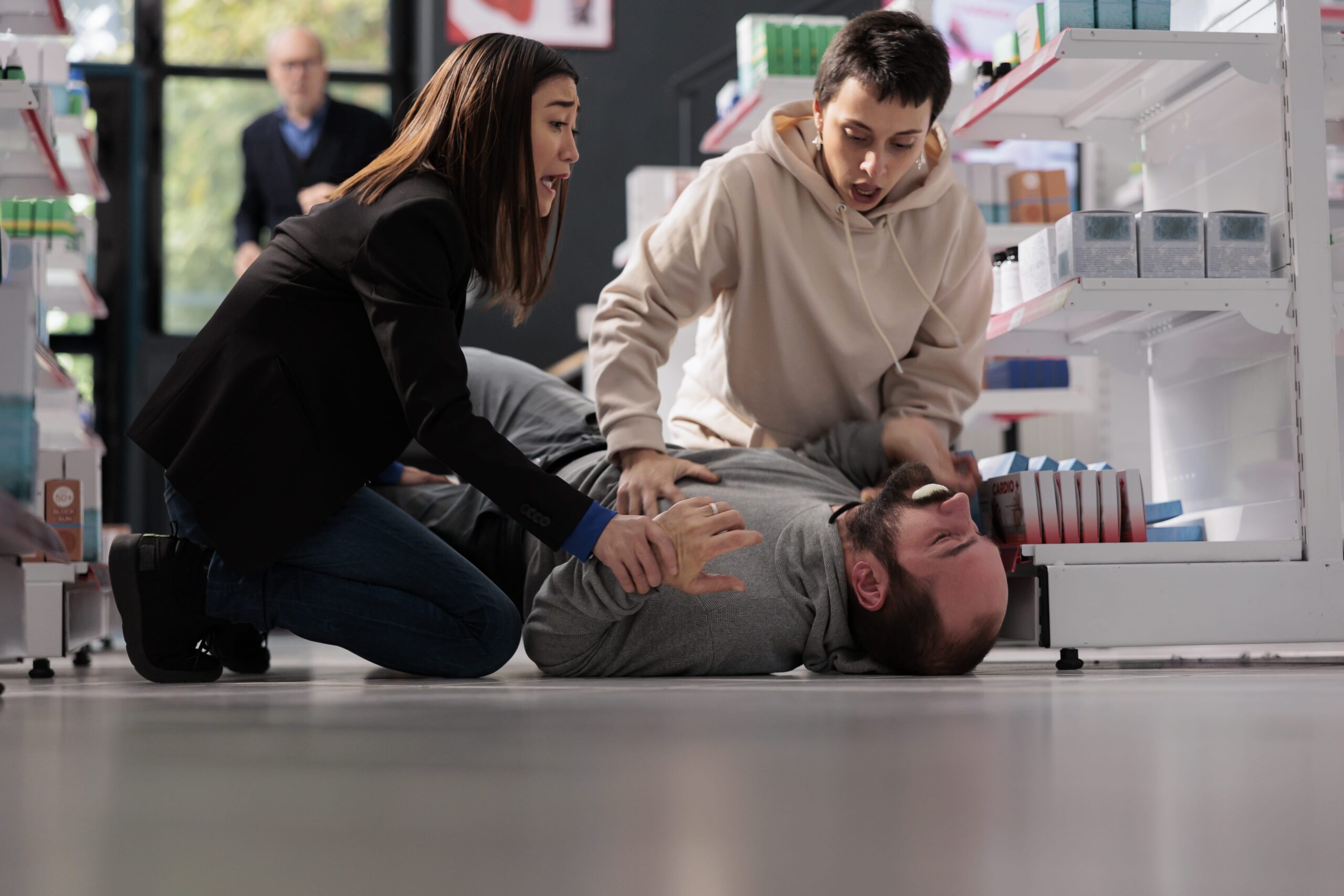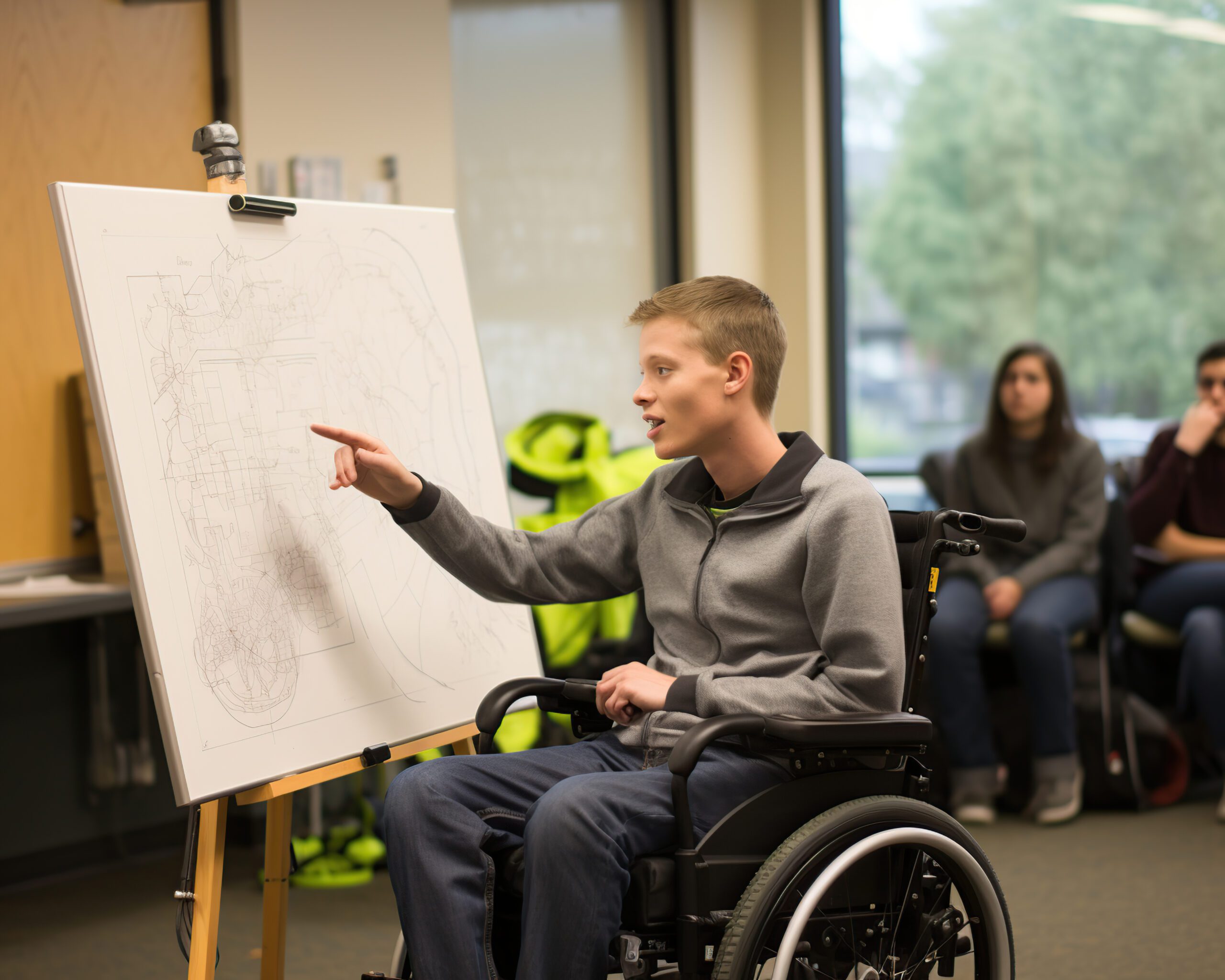Did you know that administering CPR (Cardiopulmonary Resuscitation) during cardiac arrest can double or triple a person’s chances of survival? Emergencies strike unexpectedly, leaving no room for hesitation. Whether it’s a minor accident or a life-threatening situation, the ability to assess the circumstances swiftly and accurately is what sets heroes apart from bystanders. Get ready to unleash your inner hero as we unravel the essential assessment principles of first aid, equipping you with the knowledge and skills needed to face emergencies head-on.
When faced with an emergency situation, the ability to assess injuries and evaluate the severity of medical conditions becomes of utmost importance. Effective assessment serves as the cornerstone for delivering timely and appropriate first aid. It enables responders to quickly identify life-threatening situations, prioritise care, and provide the necessary interventions.
Let’s explore the key principles of assessment that guide first aid responders in their quest to provide immediate and effective care.
An Overview of Assessment Principles: Principles of First Aid
Assessing one’s knowledge and skills in the field of first aid is crucial for ensuring the delivery of effective and timely care during emergencies. To achieve this, it is essential to understand the key assessment principles that guide the evaluation process. The principles of first aid assessment encompass a range of considerations, from accurately identifying injuries and conditions to assessing the appropriate response and monitoring progress. To effectively assess first aid competence, several key principles are followed as follows:
- Validity: Ensure assessments accurately measure the desired outcomes to assess first aid skills and knowledge effectively.
- Reliability: Consistent and unbiased assessment results are crucial for reliable evaluation of first aid capabilities.
- Authenticity: Create assessments that reflect real-life scenarios and challenges faced in providing first aid.
- Feedback: Provide constructive feedback to individuals undergoing assessment to help them identify their strengths and areas for improvement in first aid.
- Continuous Improvement: Encourage ongoing learning and skill development by offering regular reassessment opportunities and access to further training in first aid.
Similarly, Principles of First Aid are fundamental guidelines and concepts that serve as the basis for providing immediate care and assistance to individuals experiencing injuries or sudden illnesses. The principles of First Aid can be summarised as the Three Ps: Preserve life, Prevent harm, and Promote recovery.
Preserve life: The primary principle of First Aid is to prioritise and protect life. This involves taking immediate actions to sustain the life of the injured or ill individual, such as performing CPR or controlling severe bleeding.
Prevent harm: Once life is preserved, the focus shifts to preventing further harm. Responders identify and minimise additional risks or hazards to ensure the well-being of the individual, such as removing dangers from the surroundings or immobilising injuries.
Promote recovery: After addressing immediate life-threatening conditions and preventing further harm, First Aid aims to promote the individual’s recovery. This includes providing appropriate care, such as cleaning and dressing wounds, applying cold compresses, or offering comfort and reassurance to the person in need. Seeking professional medical help is also important for ongoing care and recovery.
Understanding and applying these principles in first aid is vital for evaluating one’s knowledge and skills effectively. These principles help maintain a high standard of care and readiness to respond to emergencies. By following these principles, responders can contribute to saving lives and facilitating recovery in emergencies.
The Importance of First Aid Assessment
When faced with an injury or sudden illness, quick and accurate assessment is paramount to providing timely and appropriate care. By understanding the importance of first aid assessment, individuals can become better prepared to respond in critical situations. Let’s dive into the significance of first aid assessment and how it ensures effective emergency response. Read more to explore the significance of first aid assessment and how it ensures effective emergency response.
- Timely intervention: First aid assessment enables quick identification of injuries or illnesses, allowing for immediate intervention and potentially saving lives.
- Preventing further complications: Assessing the severity of a condition helps responders take appropriate measures to minimise the risk of additional harm or complications.
- Identifying life-threatening conditions: Evaluating vital signs during assessment helps recognise signs of distress or instability, enabling responders to prioritise care and seek advanced medical help when necessary.
- Empowering individuals with Confidence: Understanding the importance of first aid assessment empowers individuals to be proactive in emergency situations and respond effectively.
- Promoting recovery: Effective first aid assessment contributes to early and appropriate care, increasing the chances of a successful recovery.
- Professional development: Investing in first aid training and staying updated on assessment techniques and protocols enhances responder skills and knowledge.


Essential First Aid Kits: Be Prepared for Emergencies
First aid equipments are essential tools that can make a significant difference in emergency situations. Whether at home, in the workplace, or on the go, having a well-stocked first aid kit acts like a first aid guide and can provide you with the necessary supplies to respond quickly and effectively to injuries and sudden illnesses.
A properly equipped first aid kit serves as a valuable resource, enabling you to provide immediate care before professional medical help arrives. It is important to have a kit that is easily accessible, well-organized, and regularly checked and replenished. Here are some key items to consider including in your first aid kit:
- Adhesive Bandages: These are versatile and essential for covering minor cuts, scrapes, and blisters. Include a variety of sizes to accommodate different wound sizes.
- Sterile Dressings: Non-stick sterile dressings are crucial for covering larger wounds and providing a clean environment for healing.
- Antiseptic Solution/Wipes: These help clean wounds and prevent infection. Opt for antiseptic solutions like hydrogen peroxide or antiseptic wipes for convenience.
- Gauze Pads and Rolls: Use these to control bleeding, apply pressure, or provide additional padding when bandaging wounds.
- Medical Tape: This is used to secure dressings or bandages in place.
- Disposable Gloves: Protect yourself and the injured person from contamination by wearing disposable gloves when providing first aid.
- Scissors and Tweezers: These tools are handy for cutting tape, clothing, or bandages, as well as removing splinters or foreign objects.
- Pain Relievers: Include over-the-counter pain relievers like acetaminophen or ibuprofen to help manage pain and reduce inflammation.
- Thermometer: A digital thermometer allows you to monitor body temperature and identify signs of fever or hypothermia.
- CPR Face Mask: A CPR face mask with a one-way valve provides a protective barrier when performing rescue breaths during CPR.
Remember,
In addition to these basic supplies, it is important to customise your first aid kit based on specific needs and activities. For example, if you engage in outdoor activities or sports, consider adding items such as insect repellent, blister pads, or an instant cold pack.
Having a well-stocked first aid kit is only the first step. It is equally important to familiarise yourself with basic first-aid techniques and procedures through proper training. Knowing how to use the items in your kit and having the confidence to respond in emergencies can make a significant difference in the outcomes for those in need.
Regularly check your first aid kit to ensure that supplies are not expired and that the contents are intact. Replace any items that have been used or are approaching their expiration date.
Lastly, Consider becoming certified in First aid courses: To take your medical assistance to the next level, consider becoming Certified in CPR (Cardiopulmonary Resuscitation). Certification demonstrates your commitment to being a knowledgeable and capable responder. It can enhance your credibility and expand your understanding of advanced techniques, enabling you to handle a broader range of emergencies confidently.
Unlock Your Future in Business and Healthcare Today!
Where to learn first aid and CPR
–Training Centers and Schools: Some specialised training centres and schools focus on health and safety by providing first aid and CPR training to individuals and businesses.
–Workplaces: Some companies and employers arrange their employees’ first aid and CPR training to ensure a safe work environment.
–Government or Non-profit Organizations: In some countries, government agencies or non-profit organisations offer free or subsidised first aid training.
–Bright College offers several first aid courses, including the following with estimated time frames and duration:
- HLTAID009 Provide cardiopulmonary resuscitation: 3 hours
- HLTAID011 Provide First Aid: Minimum 4 hours up to 1 day
- HLTAID012 Provide First Aid in an education and care setting: Minimum 5 hours up to 1 day
–Online First Aid Courses: Reputable online platforms provide certified first aid courses with theoretical classes and practical demonstrations through video conferencing.
First aid training for the first aider: Empower Yourself to Save Lives
When an emergency strikes, every second counts. Will you be ready to step up and make a difference as a first aider? Gain the power to save lives by equipping yourself with essential first-aid skills.
Bright College stands as an exceptional institution for learning first aid and CPR. With a strong focus on delivering nationally recognised courses, we provide high-quality training that meets industry standards. Our commitment to delivering nationally recognised courses with nationally accredited certificates, our emphasis on practical skills, and our experienced trainers set us apart.
If you have any questions or concerns or would like to learn more about our courses, please don’t hesitate to Contact Us. Let us assist you in achieving your goals.




